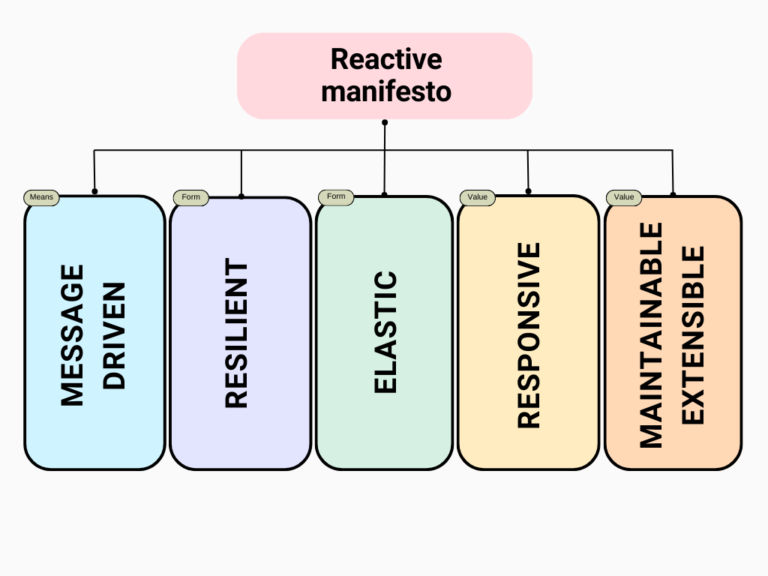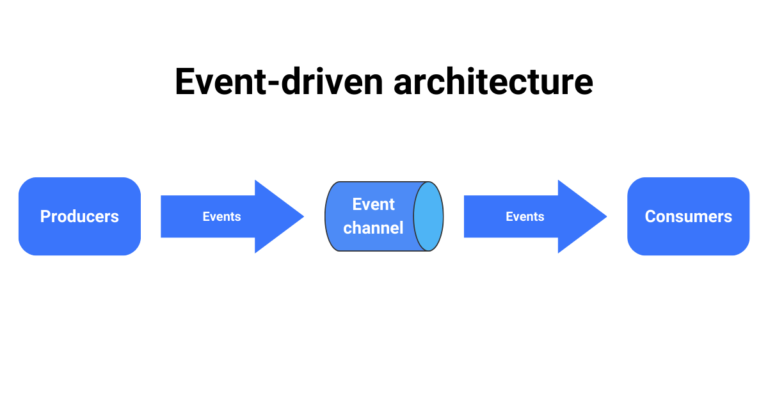Reactive Systems and DDS: A Perfect Match for Mission-Critical Systems
When building mission-critical systems, reactivity isn’t just a nice-to-have—it’s a must. I’ve learned that the best systems aren’t just fast—they’re resilient, scalable, and responsive. That’s where DDS (Data Distribution Service) comes into play, and it aligns perfectly with the Reactive Manifesto for building robust reactive systems. Reactive systems 🎯 Message-Driven Systems Reactive systems focus on…


